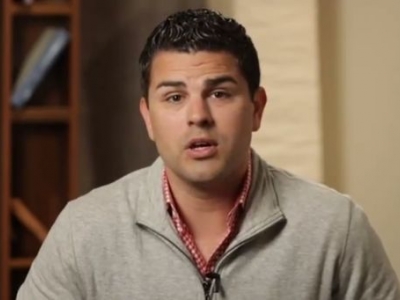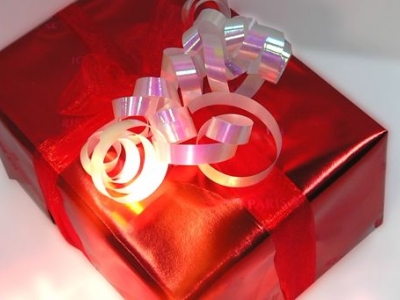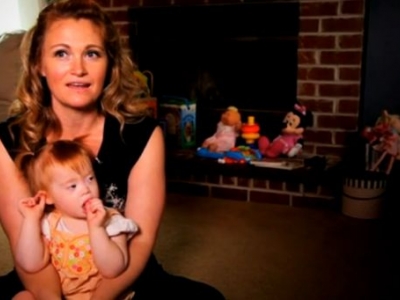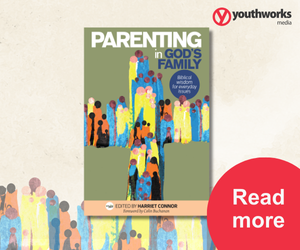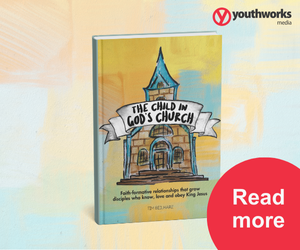
Helping kids focus on inner beauty
How to teach your children that it's what's on the inside that counts
Two pears sit on a bench.
One is shiny, smooth, moderate in size, even-shaped and golden in colour.
The other is much bigger, lop-sided, its skin rough and speckled brown, green and gold.
I know which pear my children would choose. The same pear that most of the thinking population would choose, no doubt. The one that came from a regulated environment, selected for its regulated size, shape and texture. The one that was buffed and waxed, weighed and packaged, stored for who-knows-how-long at an even temperature before being stacked on supermarket shelves.
I give you Specimen Number One: the supermarket pear.
The other would have been rejected had it come from the same production line. It came from the garden and its owners allowed it to bulge into whatever shape nature deigned, and they relished plucking fruit from the branches, getting in amongst the sticky leaves, climbing to reach the topmost fruit.
Specimen Number Two: the homegrown pear.
We might even call them the beautiful pear and the ugly pear – but that would be to bend to the constructs of a society that allocates the title of ‘Beautiful’ only to the outer façade.
As parents, we know that drawing a knife down through those pears, allowing the halves to fall open on the board can reveal a very different reality. That sinking our teeth into the grainy flesh and allowing the juices to saturate our palate can reveal a truth about beauty that we must somehow relate to our children.
The sweetest kind of beauty comes from within.
A story
I was at a park recently, letting my two kids run off some energy. I love to watch their enthusiasm in action, the squeals and laughter as they slide and chase and bound. I noticed a mini bus had arrived with a handful of children and their carers. One little boy with a disability whooped as he slid down the slide and my cotton wool child made an observation out loud that made my insides curdle.
It involved the word “ugly” is all I’ll say and rendered me dumbfounded as I struggled to shape a reprimand that stressed grand concepts of acceptance, kindness and ‘don’t-judge-a-book-by-its-cover’. I did badly. As he ran off to play again and I tried to retrieve my heart from my shoes, the carer called me over. She’d seen the whole thing.
I apologised on my son’s behalf. I may have said it three or four times.
But she shook her head.
“It’s ok,” she said.
“It’s normal.”
It’s normal to recoil at ugliness. We all do it. She relayed how, when she began working as a carer to children with disabilities, it was painfully confronting and it took some time to get used to.
“He was only saying out loud what we all say in our heads,” she smiled.
“What he needs is to know beyond the bulging eyes, the high forehead and lop-sided mouth. He needs to know what a fun kid Sam is.”
And she invited us to come and play. We joined their little party for a while, fed ducks with them, my kids eventually emerged from behind my legs and exchanged hellos with a boy in a wheelchair, another with Down Syndrome and little Sam with his infectious happiness.
In the car on the way home we talked about how beauty was MORE. A little part of this understanding was clicked into place thanks to the caring carer who stepped beyond offense to offer a kind of education. I’m so grateful to her.
It’s affirmed for me the importance of story and context in understanding humanity. Beauty is but a thin skin of knowing. When we seek to know more than the exterior that conception made ours, beauty takes on new meanings.
Our greatest example
Jesus did this. He spent time listening and noticing what was going on beyond the first impression of disease, shame, position and beauty. He had the most uncanny way of finding the thread of yearning in the most unlikely places. Yearning for better, yearning for God. Isn’t that why beauty attracts us so? I know that my children’s understanding of beauty is a many layered thing and that countless small experiences will build and contribute to it. But as parents, we can help. Here are a few ways I do it:
- Reading stories of Jesus’ reaction to “ugly” people.
- Meeting “different” people and discovering commonalities
- Letting them see me happy in my own skin
- Rewarding beautiful acts of kindness
- Encouraging them to talk through prejudices
- Giving them visual cues (like the supermarket pear and the homegrown pear) for understanding beauty better
And someday they will know that the gnarled, misshapen folks, the ones marked by storms and hardship are very often the ones that demonstrate the greatest beauty.
For more articles from Growing Faith, subscribe to our monthly e-newsletter.
To hear about the latest books and resources from Youthworks Media, subscribe here.


